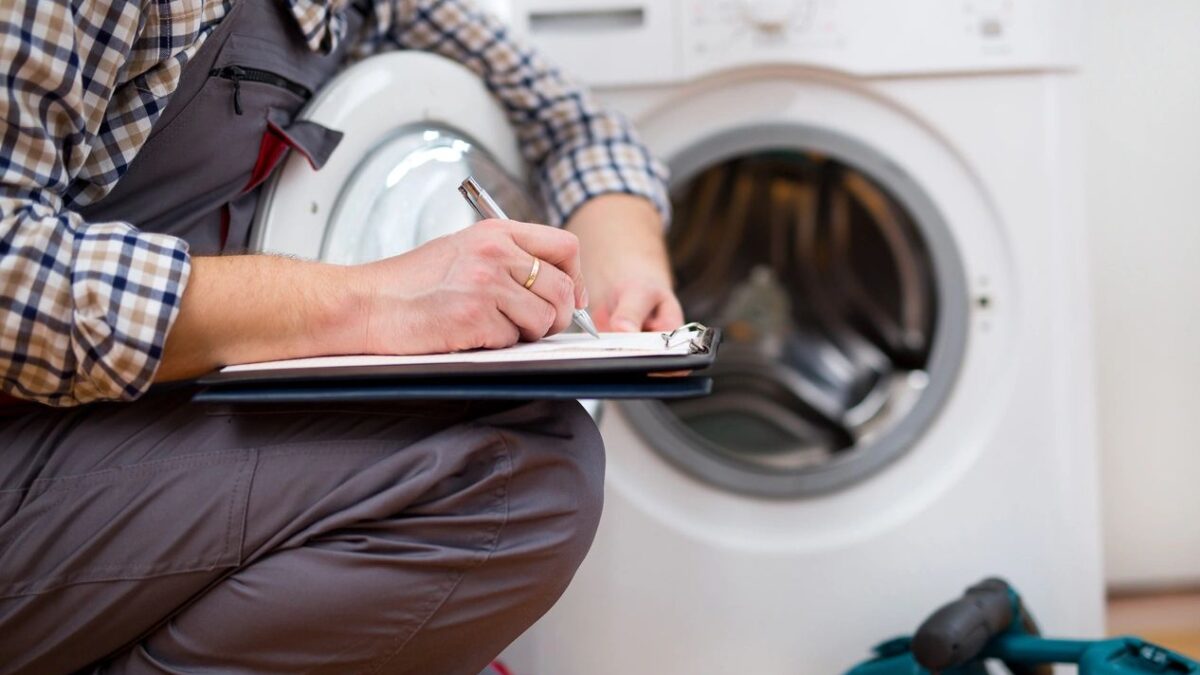One of the most dreaded things to say as a homeowner is that your home is damp. With dampness, the problem is that it can be around a while before anyone notices it. This is why you should take prevention action and implement a crawl space moisture solution as soon as possible.
Dampness can cause some of the most uncomfortable living situations, exacerbate health issues, and cause serious structural damage to your home.
The ease at which you can spot damp will change based on the location and the type, but here are some things that can help you detect it.
What are the types of damp?
When we think about dampness, our mind often goes to brown patches that grow in time. However, there are a few different types of mold that we need to know about.
Penetrating damp
Penetrating dampness is a sign that there are external water issues somewhere around the property. Water is not running away from the house and instead is making its way into the house, usually from porous brickwork, cracks, or issues with the guttering.
Condensations causing damp
The most common type of camp is condensation, causing dampness. This is a sign that the ventilation within the house isn’t sufficient for things like steam to escape.
Rising damp
Rising damp is one that rises up from the ground. This damp will be in the walls of houses that aren’t built with a damp-proof course to prevent it.
What are the early signs of damp?
One of the most common signs of dampness in the home is a musty smell that you can’t seem to get rid of. The smell will typically be stronger the closer you get to the source of the issue.
You might notice that underfoot from time to time feels damp or wet, laminate floor lifting and peeling, or other disturbances in the flooring.
In the case of rising damp, one of the fastest ways to tell is by running your hand across the wall – especially plaster. The damp will push the salts of the brick out, and it will leave a grainy feeling across the plaster. When there is wallpaper, the wallpaper will sound crunchy and like paper that has previously been wet and dried.
Check walls, corners of rooms, and around windows and ceilings for signs of mold or mildew – no matter how small, these are indicators that there is damp.
You are more likely to find damp in your home if you have missing roof tiles, water that doesn’t run away from the home, blocked gutters, leaking windows or bathrooms, and kitchens that don’t have windows or appropriate ventilation.
Another common cause of damps is leaking in washing machines and dishwashers. These are often difficult to spot for quite some time if the pipework is covered and you don’t often access where they are at.

You are also more likely to be at risk of damp if you dry clothing on radiators in the home or if you often have excessive steam while cooking.
Checking for damp regularly can be part of your cleaning efforts: Why You Want To Clean Every Nook At Home.
















